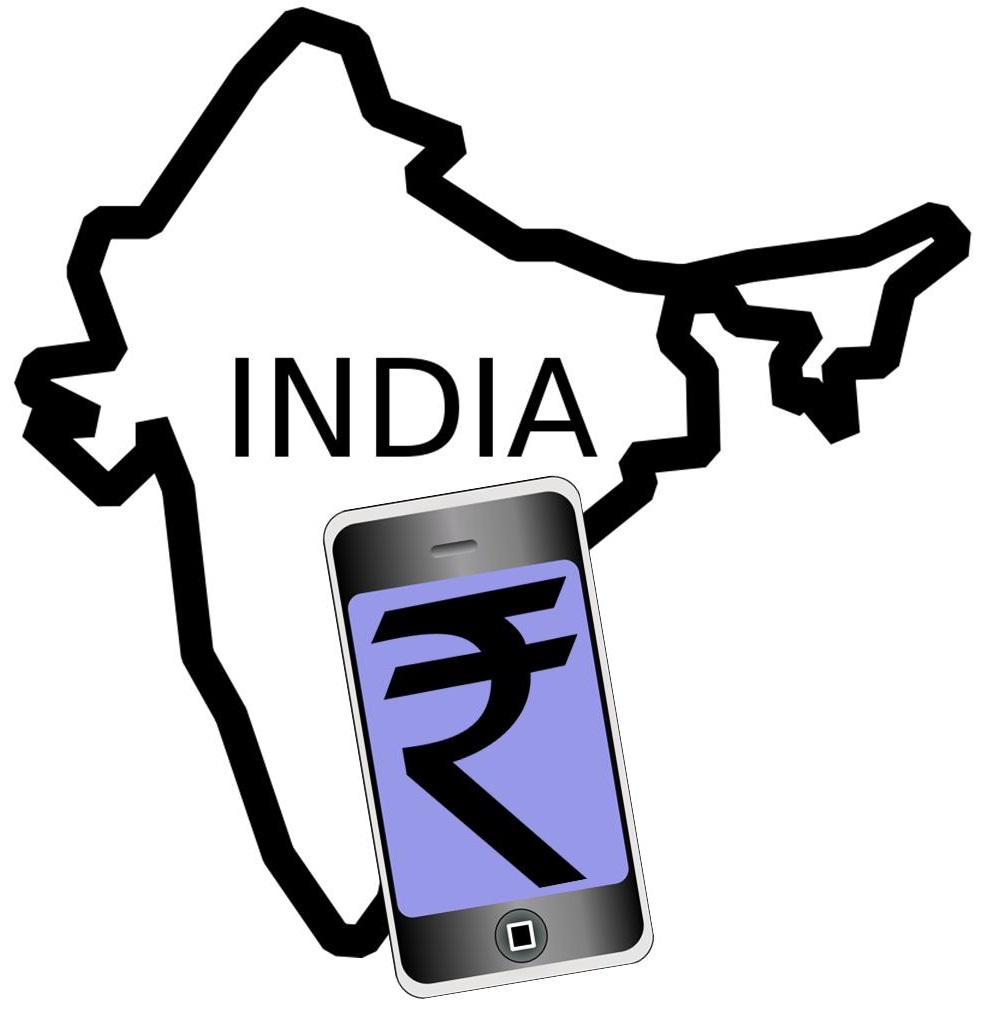The new Access wearable technology is designed to combine tech and fashion in one device.
The Michael Kors smartwatch, called the Access, has launched. It has been anticipated for some time now and beyond the tech, many have wondered what it would look like. Now that its design has been revealed, there are a few things that stand out. The first is that it is quite attractive. The second is that it is very big.
Until now, most smartwatches have been a chunky gadget that could be customized with its strap.
There have been choices in wearable technology in which consumers can pick either nice band or a nice face. That said, no matter what, wearables tend to be a kind of fashion statement unto themselves. The Michael Kors smartwatch looks as though it might be among the first – if not the very first – to bring high levels of wearable technology and fashion into a single device. This gadget was created by the celebrated American designer in the hopes of bringing the tech into the fashion world.
The Michael Kors smartwatch runs on Android Wear and is currently offered in two different styles.
The “Bradshaw” is the smartwatch with the more feminine appearance. It has an all metal design. The “Dylan” is the wearable technology being marketed toward men. It has a sportier design. Both the Dylan and the Bradshaw are quite chunky and are definitely statement pieces. The Bradshaw is 44.5mm and the Dylan is 46mm. Both devices have a starting price of $350.
According to a Mashable report, Michael Kors created its smartwatch due to the fact that people feel that being connected all the time is crucial, regardless of where they are or what they do. A statement from the company said that their wearable technology devices provide “the best of both worlds — reliable technology and great design. We didn’t want our fans to have to choose between fashion and technology, so we’ve made it possible to have both.”
The two Michael Kors smartwatch designs come with additional options. The Dylan has three color choices and six possible straps. Of those straps, two are leather and four are silicone. The Bradshaw comes in a larger number of different metallic colors and strap possibilities. Furthermore, the faces can be customized for highlight colors, as well as dial and hand colors.

 The pilot initially consisted of bank employees. Now that the pilot is complete, availability has broadened substantially. Any Indian bank with more than 1,000 pilot customers and a success rate of 80 percent with 5,000 or more transactions can use the UPI
The pilot initially consisted of bank employees. Now that the pilot is complete, availability has broadened substantially. Any Indian bank with more than 1,000 pilot customers and a success rate of 80 percent with 5,000 or more transactions can use the UPI 